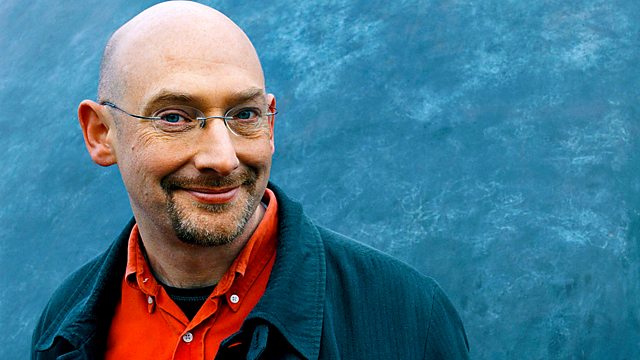17/05/2012
Quentin Cooper looks into the science stories of the week and speaks to scientists who are making headlines.
This Week Quentin Cooper looks at why research into the distribution of pollen around Srebrenica forms a key part of the evidence in the Bosnian war crimes tribunals. Tony Brown, now Professor of Geography at Southampton University led a UN sponsored project with the grisly task of examining pollen samples found on many of the bodies disinterred after the conflict.
The number of science advisors is expanding, many government departments now have one, and the number working internationally is also on the increase. But why the sudden rise and what influence can science advisors have over government policy. Anne Glover science advisor to the European Union discusses the issue with James Wilsdon, Professor of science and democracy at Sussex University.
With Munch and Rothko paintings selling for record prices in the past couple of weeks, we return to our So You Want to Be a Scientist experiment on art and emotion.
Dara Djavan Khoshdel, aged 24 from Bournemouth, is hoping to find out if people viewing expensive artworks experience a greater emotional reaction. But to make sure the study is 'blind' none of the participants have been allowed to know the price beforehand. Dara and his mentor, physiologist Andrew Parker from the University of Oxford, gathered their data at Modern Art Oxford's Graham Sutherland exhibition in March.
While Dara is busy crunching the numbers, Quentin is joined by Chris McManus, a Professor of Psychology at UCL and Dara鈥檚 other mentor, art historian Prof Martin Kemp. They discuss the science of aesthetics and whether there's reason to believe that expensive art moves us more emotionally.
And finally, subway systems around the world work as self-organising systems says a team of Theoretical physicists from France鈥檚 National centre for scientific research. They applied a mathematical analysis to the structure and development of 14 of the world鈥檚 biggest major underground railway systems and concluded that no matter how or when they were built they all exhibit the same underlying structure, one that has developed without pre planning and has led to the common mathematical relationships between lines and stations.
Producer: Julian Siddle.


